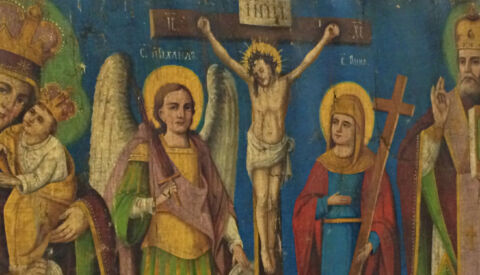
Religious Byzantine Artifacts
Collection includes artifacts such as icons, priests’ vestments, chalices, crosses and other liturgical objects
Read More
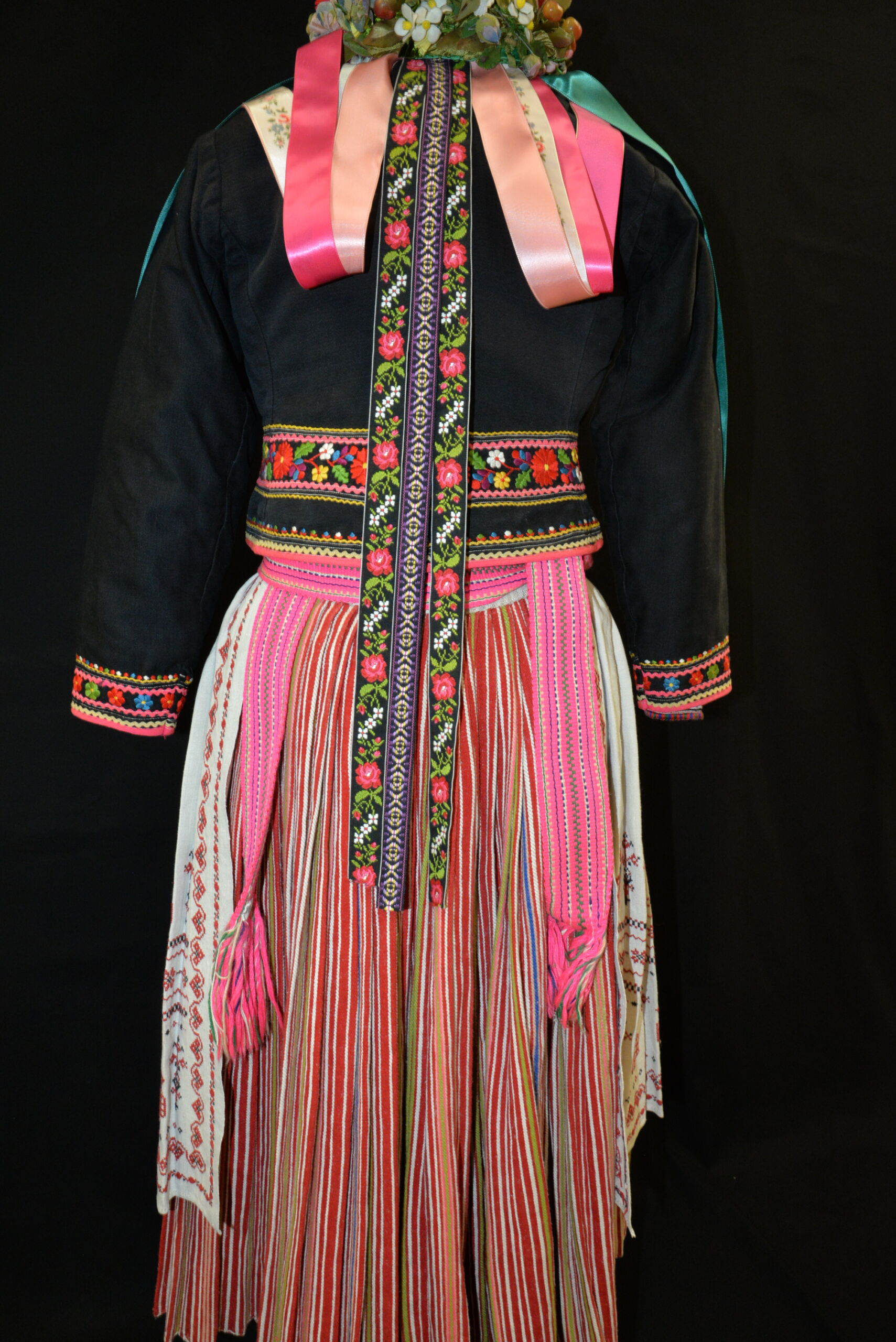

Collection includes artifacts such as icons, priests’ vestments, chalices, crosses and other liturgical objects
Read More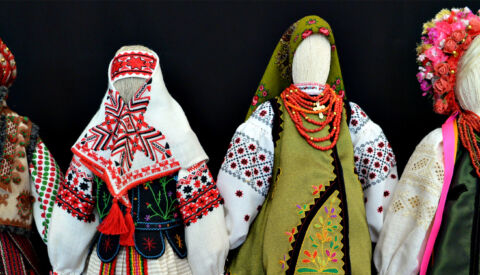
Collection features folk arts and crafts of various regions of Ukraine including jewelry, decorative wood objects, pysanky (Ukrainian Easter eggs), straw weavings, ceramics, toys, and ceremonial breads
Read More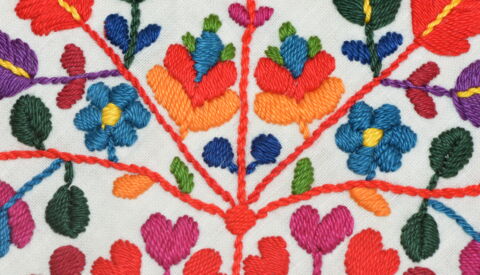
Collection focuses on items that were woven or embroidered such as clothing, rushnyky, tapestries, weavings and kylyms
Read More
Collection includes items such as paintings, sculptures and other arts works by artists from Ukraine, Canada, Europe and the United States.
Read More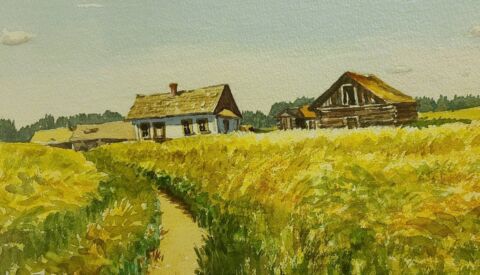
Collection includes items reflecting the lives of Canada’s early Ukrainian settlers — photos, documents, agricultural implements, and household utensils
Read More